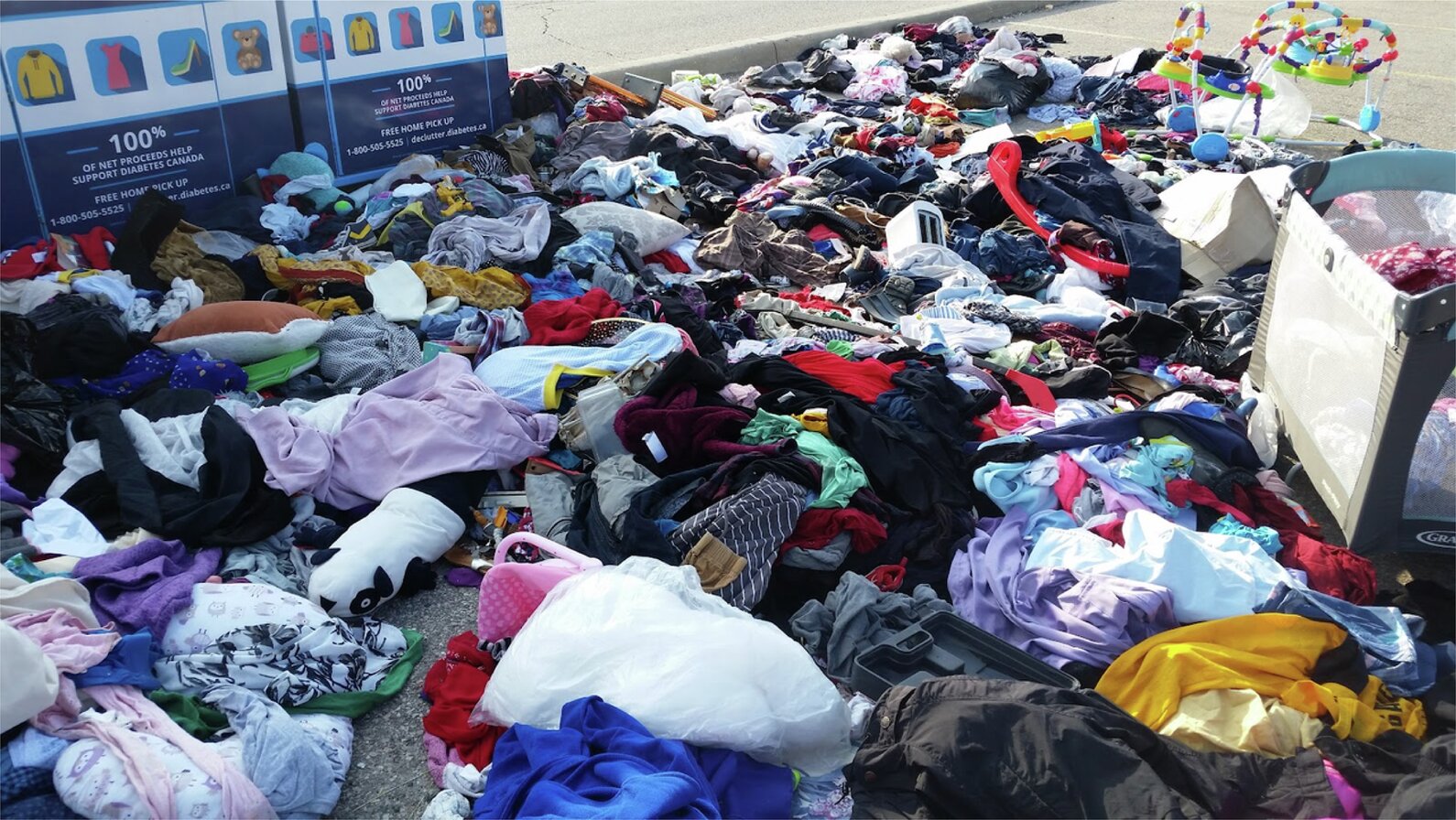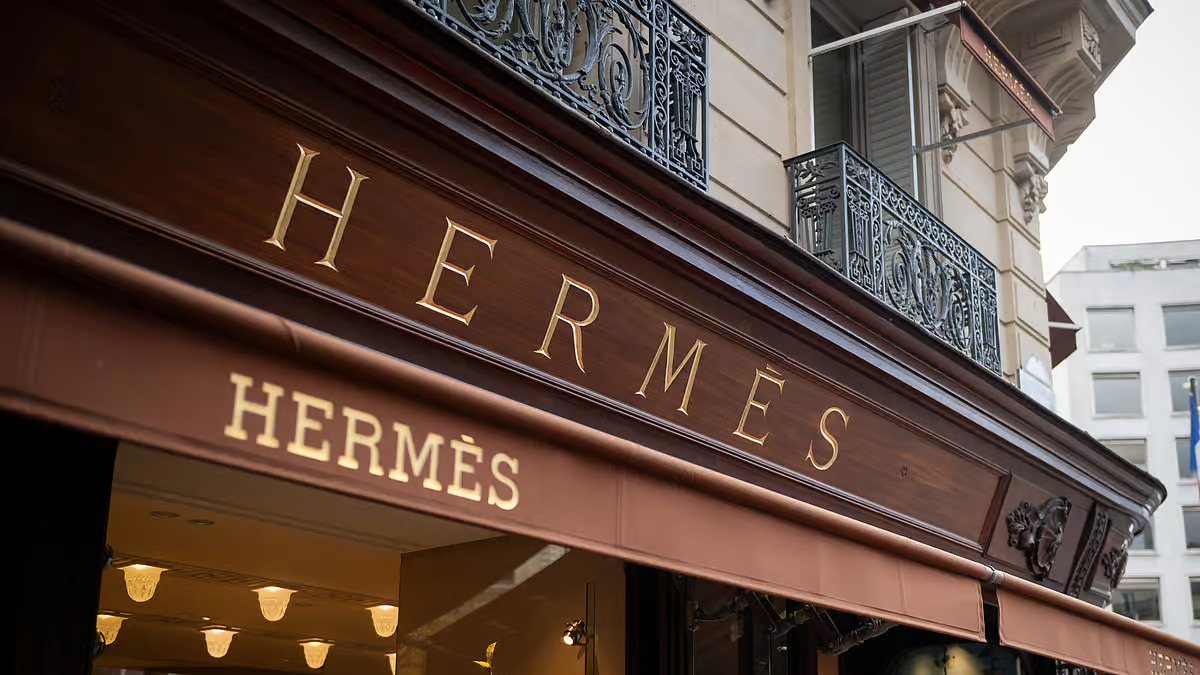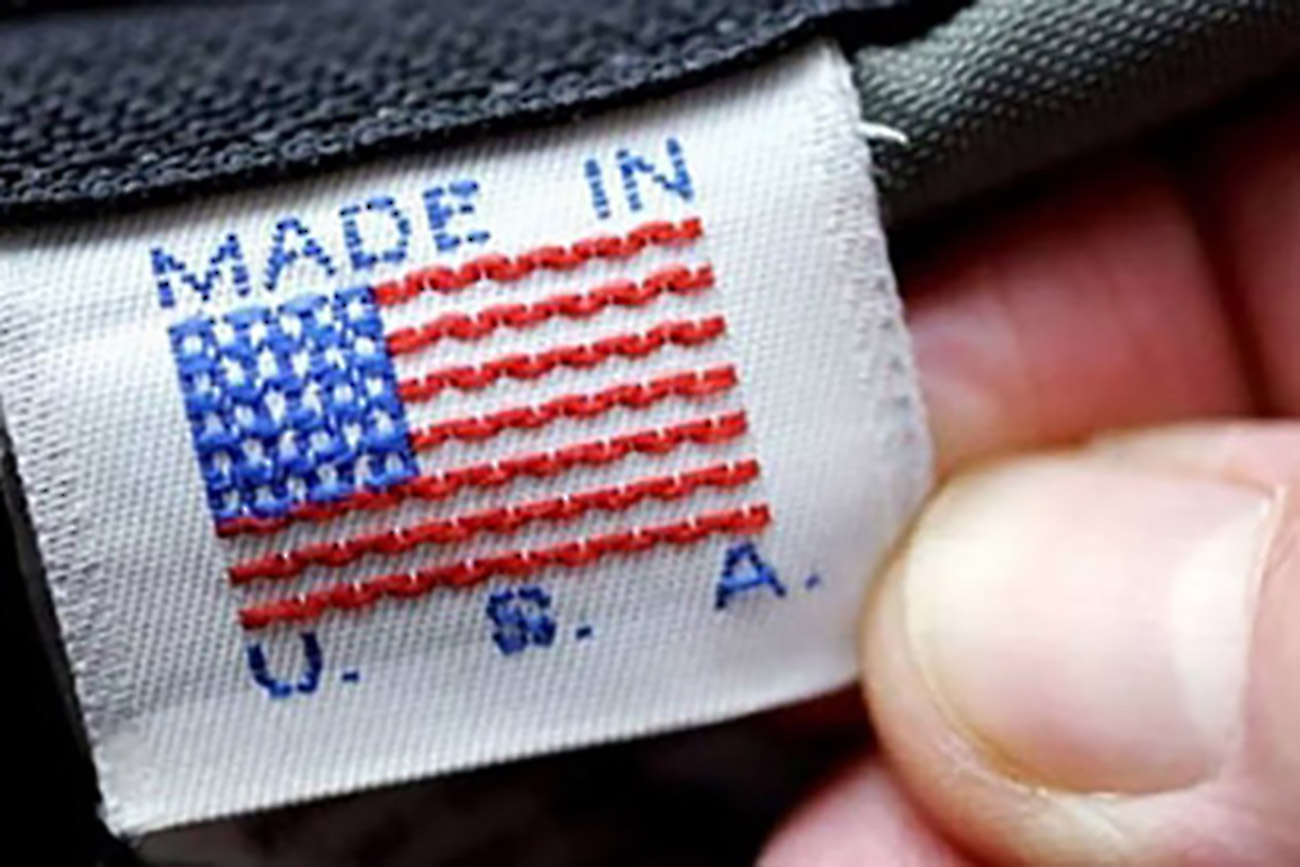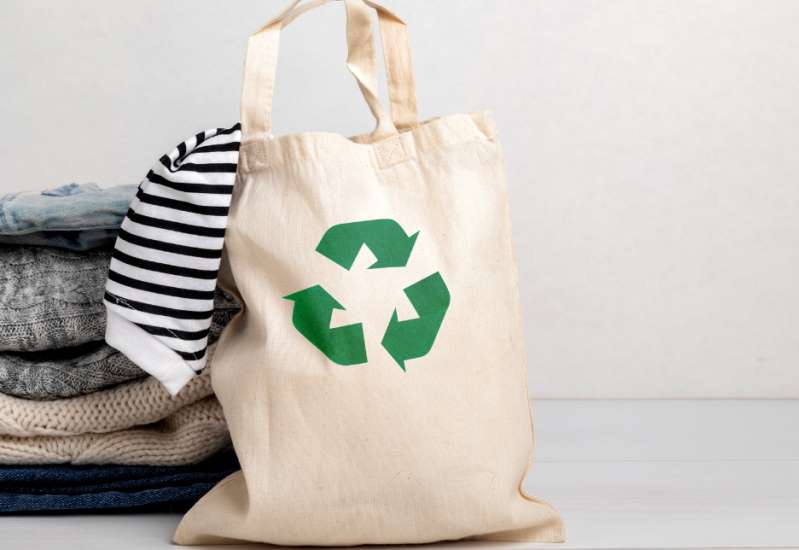The Philippines expects garment and textile exports to increase 10 to 20 per cent this year. Luxury bags brand Coach is expanding its existing four sourcing groups from the Philippines.
The US accounts for 67 per cent of the Philippines’ apparel exports including leather goods. In addition, the US also accounts for 27 per cent of the country’s textile, fiber and fabric exports.
What’s also helping Philippines is that some orders are being shifted from China to the Philippines to avoid the high tariffs imposed by the US on Chinese goods, including garments and textiles. One of the major hurdles Philippine exporters face is the Rules of Origin in Europe because even as the country enjoys EU GSP Plus, its textiles and fabrics are sourced elsewhere and are therefore slapped with higher taxes. EU GSP Plus, however, is expected to lead to more garment and textile investments in the country.
In addition, least developed countries enjoy zero duty when they export to the US as against the Philippines, which faces a 33 per cent duty on its garments, making Philippine garments more expensive than those from other countries.
Blouses from the Philippines have a tax of 12 per cent going to the US. Suits and blazers are at 33 per cent. The same products from LDC countries face zero duty.
Philippines garment exports to rise 10 per cent
- 1
- 2
- 3
- 4
- 5
- 6
- 7
- 8
- 9
- 10
Threadbare Foundations: Bangladesh’s RMG boom hangs by Indian yarns
Bangladesh’s ready-made garment (RMG) industry is a global juggernaut. Second only to China in apparel exports, the sector is the... Read more
Global fashion brands brace for tariffs, Zara, Shein, H&M, Fashion Nova navi…
Inditex, the parent company of fast-fashion giant Zara, remains "optimistic" about its growth prospects in the United States, even amidst... Read more
Where do donated clothes go? Report debunks landfill myth, highlights global reu…
Forget the image of mountains of discarded clothing polluting landfills. A new white paper by Bank & Vogue Ltd/Ltée reveals... Read more
India-UK FTA: New opportunities beckon Indian fashion retailers and brands
The just concluded Free Trade Agreement (FTA) between India and the UK, a culmination of over three years of negotiations,... Read more
ESG backlash and the future of sustainability in textiles, apparel, and fashion
Julia Vol’s LinkedIn post, echoing the Financial Times headline ‘ESG fund outflow hit record as sustainable investing backlash grows’, strikes... Read more
Hermès' Singular Vision Pays Off: Overtakes LVMH in market cap through decades o…
In a compelling narrative of focused growth versus diversified expansion, luxury powerhouse Hermès has shown the power of brand discipline,... Read more
Price of ‘Made in America’ clothes could rise, revealing hidden costs of fast fa…
The allure of ultra-cheap clothing often masks the intricate economic and social factors that enable low prices. While online platforms... Read more
Shrinking slice of the wallet leads to dip in apparel expenditure in the US
The assertion that Americans in 2023 spent less than 3 per cent of their annual income on clothing, a significant... Read more
Luxury Under Cloud: ‘Exclusivity’ in focus as authenticity, origin, and status s…
The rarefied world of luxury goods is facing a numerous challenge that strikes at the very heart of its allure:... Read more
EU Green Deal: New ecodesign rules prioritize textiles for a sustainable future
The European Commission has released its first Working Plan under the Ecodesign for Sustainable Products Regulation (ESPR), and textiles and... Read more












